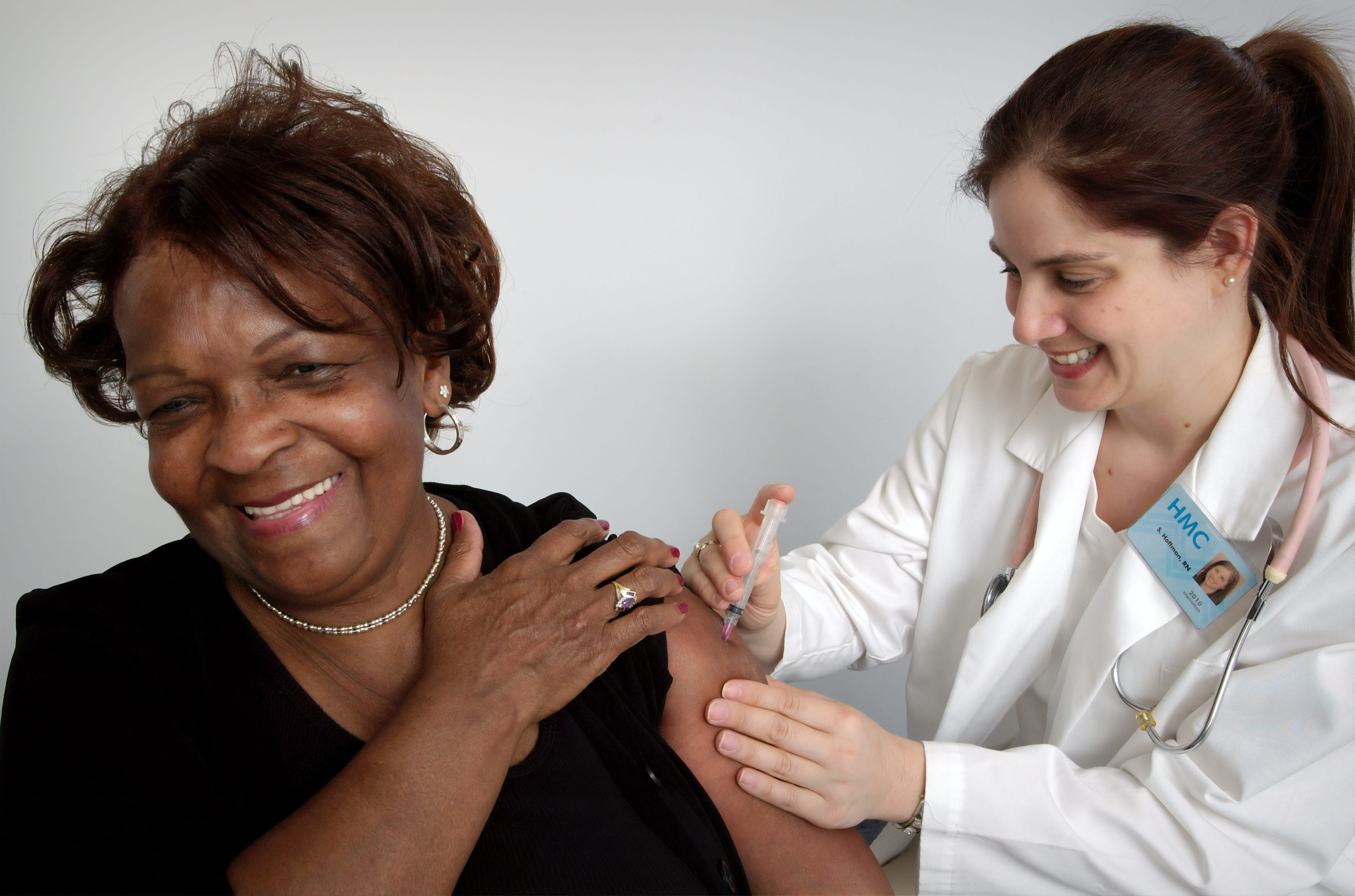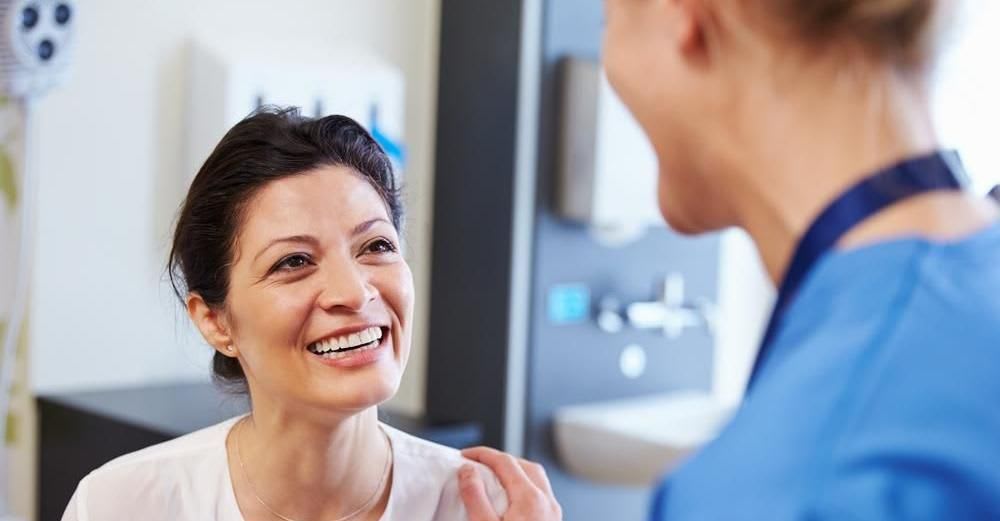How Can Medical Students Ensure Patient Care?
The Hippocratic Oath is one of history’s oldest binding documents. Comprising timeless ethical principles held sacred by physicians all over the world, this covenant requires new doctors to pledge to treat the sick to the best of their ability while protecting patient privacy. While medicine has changed tremendously since the Hippocratic Oath was written in the fifth century BCE, its core values have held firm. At its center? A commitment to patient care above all else. While most future doctors don’t take the Hippocratic Oath until their graduation ceremonies, medical students can play powerful roles in protecting and promoting the health and safety of patients. Here’s a closer look at the issue of medical students and patient care.
- Student Tips

While most future doctors don’t take the Hippocratic Oath until their graduation ceremonies, medical students can play powerful roles in protecting and promoting the health and safety of patients. Here’s a closer look at the issue of medical students and patient care.
Medical students as “an untapped resource”
Depending on where you live in the world, the length of medical school varies. In the US, for example, medical school comprises four years of specialized study. The first two years are primarily spent in classrooms, seminars, and laboratories, while the third and fourth years are dedicated to real-world, hands-on patient care.
While medical students do not provide patient care during this time except under the direct supervision of a clinical faculty member, they may be critical -- and yet underutilized -- team members when it comes to preventing patient harm, according to research published in the academic journal, Quality and Safety in Health Care.
Specifically, the findings reveal that while medical students are positioned to prevent patient harm resulting from medical errors, they are often an “untapped resource” in this effort. The article proposes, “Because students usually follow fewer patients than house staff, they can afford greater attention to details that may frequently lead to medical errors (for example, prescribed versus administered medications). Moreover, the inclusion of medical students in the care of the patient affords increased redundancy to catching medical errors and mitigating their consequences.”
In addition to training medical students to be familiar with information that is essential to safety, as well as familiarizing them with medical knowledge about common causes of medical error, medical schools should be more receptive to the input of medical students, researchers argue. This can be easier said than done -- especially when challenging high-level leadership is not part of the medical community culture.
However, “students should recognize that appropriate competency in professionalism means the patient's needs for safe patient care supersede any self‐interest that might cause hesitancy in bringing attention to a potential error,” the research concludes. In other words, while speaking up may not be easy, it may save a life.
Medical students amid COVID
The COVID-19 pandemic has rocked global healthcare. It follows that medical education has also been significantly impacted. During this confusing time, conflicting opinions have arisen about the role of medical students.
According to a recent article published in the Annals of Internal Medicine, while some schools have eliminated medical-student patient interactions for the time being, others have actually recruited medical students to work in hospitals. In some cases, they have even allowed medical students to graduate early in order to begin serving as frontline clinicians.
The American Association of Medical Colleges (AAMC) voiced support for keeping medical students out of patient care activities during this time, but the authors of “The Role of Medical Students During the COVID-19 Pandemic” expressed an alternative opinion. “We disagree with the AAMC that medical student involvement should be reserved for critical health care personnel shortages. Rather, medical schools should offer students clinical opportunities that would benefit patient care and potentially help to prevent workforce shortages,” they write.
Medical student Matthew Henry asserts the important role medical students can have in a clinical capacity while also acknowledging the importance of limiting contact between patients and providers. He suggests the best way medical students might support the wellbeing of patients at this moment in time is by staying engaged in creative ways, such as by educating others about the importance of flattening the curve, collecting and analyzing data, encouraging blood donation, and assisting with triaging patients via telemedicine.
Medical student Brian Lewis has a similar approach, recommending medical students be utilized in low-risk clinical activities which enhance patient care without direct patient exposure. “As frontline providers become increasingly overwhelmed with direct clinical care, students around the country are waiting in the wings to use their skills to support patients, communities, and systems,” he writes.
Tips for medical students to improve patient care
Medical students have a lot to learn during their years in medical school. In addition to medical concepts and procedures, communication skills are also essential to delivering better care. In a recent AMA article, Brendan Murphy stresses communication is more important now than ever.
To that end, Murphy offers four tips aimed at helping medical students hit the ground running when they finally do begin interacting with patients. These include making the most of first impressions, being careful with device use, avoiding “medspeak”, and involving patients collaboratively in their own care.
Communication skills are just one of many “soft” skills which can help medical students succeed -- both in the classroom and in clinical settings. Medical school director of medical student admissions Cary Jewkes shares 10 critical characteristics, including altruism, compassion and empathy, accountability and responsibility, excellence and scholarship, duty and service, social responsibility, honor and integrity, respect, humility, and cultural competence.
Technology and patient care
Technology is another route through which today’s the doctors of tomorrow can improve patient care. Healthcare professionals will have at their disposal an exciting new arsenal of technologies designed to help them improve patient care, including everything from a multitude of AI applications for dentistry to mobile solutions.
Third-year MBBS student Ariba Fida Chattha proposes, “In short we can say, technology brings a major change in healthcare fields from medicines, laboratories, in-depth inspection of the human body to bringing patients from site to hospitals, all things nowadays are somehow run by technology. These advancements also increase the rate of saving lives.”
From exhilarating to uncertain, many words can be used to describe the medical student experience, especially at this unique moment in time. While we may not know exactly what the future will hold for medicine and its practitioners, we do know -- based on thousands of years of history dating all the way back to the founder of medicine himself, Hippocrates -- patient care will always remain at its heart.

Find your perfect program
Use our search to find and compare programs from universities all over the world!
Medical Studies
Joanna Hughes
Author
Joanna worked in higher education administration for many years at a leading research institution before becoming a full-time freelance writer. She lives in the beautiful White Mountains region of New Hampshire with her family.
Find a program in these categories
Read related articles

What You Should Know If You Want To Practice Medicine Abroad

Five Countries to Choose for Nursing Degrees
